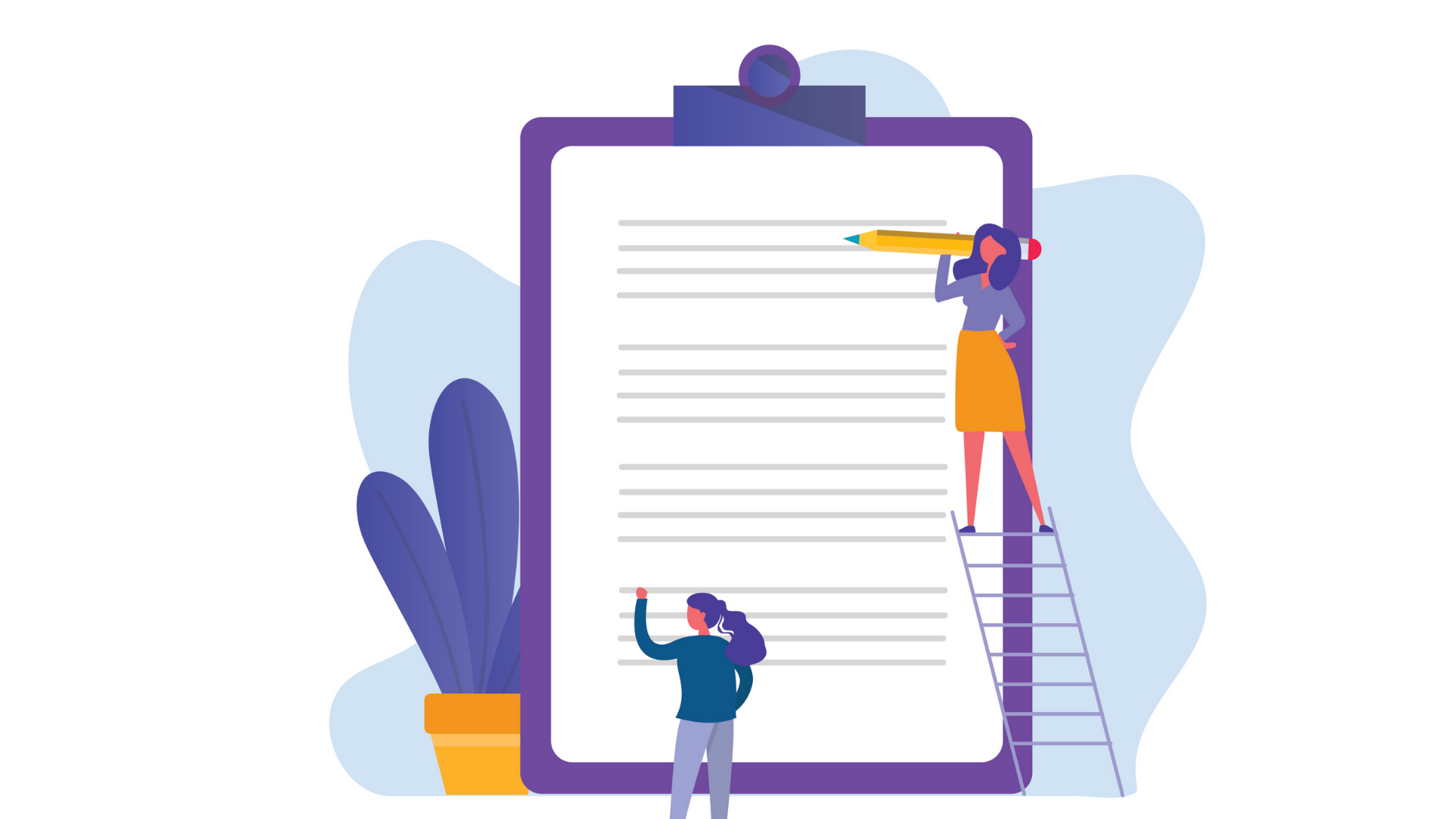Click here to view a video that explains poor performance.
Remember that addressing poor performance and recognising good performance is equally important.
When the performance is poor:
- Clearly establish competence gaps and poor performance.
- Explore possible reasons for the poor performance.
- Consider possible solutions and ways to remedy the situation.
- Consider possible training and development opportunities.
When the performance is good:
- Recognise good performance clearly.
- Explore possible reasons for good performance.
- Explore ways in which the good performance can be maintained and enhanced.
- Revise performance goals and objectives to ensure that they stay challenging and stretch the individual to perform even better.
- Consider development opportunities to develop skills further.
Ensure that feedback is factual, relevant, constructive, tactful, honest, respectful and focused on performance.
Feedback has certain characteristics. Feedback is:
Factual: Feedback should be based on facts, not on feelings or opinions. Use real life examples to clarify performance. Stay away from personality differences.
Relevant: Feedback should be relevant to the objective under discussion. Do not deviate to other incidents or other objectives. Feedback must be current. Address current performance, not past performance.
Constructive: Feedback should be constructive. It should be clear, concise and to the point, but focused on improvement. Feedback should identify the problem and focus on how to correct the problem.
Tactful: Feedback should be tactful. You want to maintain and enhance self-esteem, not break the person down.
Honest: Feedback should be honest. Do not hold things back or make them sound less serious than what they are to spare the person’s feelings.
Respectful: Remember that the person sitting in front of you is a human being just like you. The fact that they are not performing to acceptable levels does not mean they are less of a person.
Focused on performance: Focus your feedback on the performance and the behaviour not on the person.
Ensure that feedback is given in an atmosphere conducive to good working relationships and is given with sensitivity and empathy to maximise acceptance. Feedback should not be given in an open forum. Feedback should be confidential to the person receiving the feedback. Feedback should therefore be given behind closed doors where the person feel save and protected from embarrassment in front of peers and colleagues.
Seek Information On Possible Reasons For Departure From Standards.

Individual performance needs to be analysed in order to optimise future performance.
It is not enough to just know that performance standards have not been met. Both you and the employee need to understand why performance standards have not been achieved. What are the underlying reasons? There might be a common denominator.
Analyse all the areas in which performance objectives were not met. Look for an underlying reason by exploring the matter with the staff member. You might find that the individual is lacking certain core competencies or skills. There might be health problems, family problems, motivation problems, etc. It is also possible that there might be a mismatch between the person and the job. To assist you, you could potentially also look at what makes other incumbents successful while this staff member does not perform, in order to establish the gap.
Make a list of all the possible reasons for departure from the standard. Is there a common underlying reason? What is the bottom line? Once you have analysed the performance thoroughly, you will be in a position to establish an action plan aimed at addressing the gaps.
Reach Agreement On Feedback And Agree On Action Plans
As far possible, you and the staff member need to reach agreement on feedback given and received. Both parties need to accept the current reality and the underlying reasons for that reality, before one can move forward by developing an action plan.
Summarise the main points of feedback. Then develop an action plan to address all of these points. Some actions might have to be taken by the supervisor/manager and some by the individual. An action plan is specifically aimed at bringing performance to an acceptable level or standard.
The action plan could include: Training, Coaching, Counselling, Studying, Self-study, Reading, Mentoring, Observing, and Practice.
Ensure That All Relevant Documentation Is Completed And Signed

Before you close the meeting ensure that all the relevant documentation is completed and signed off by both parties. Both the first and the last pages of the performance management document might require signatures from the manager and staff member.
It is also a good idea to ask the staff member to initial all other pages. Remember that this is a formal contract between you and the staff member. Terms and conditions of this contract can therefore not be changes unilaterally. It is therefore important to complete the performance management documentation in ink.
If you prefer, you can have the information neatly typed out after the meeting and then ask the staff member to sign the final document again. Provide a copy of the original documentation to the staff member to satisfy them that you have not made changes to the agreement unilaterally after the meeting.